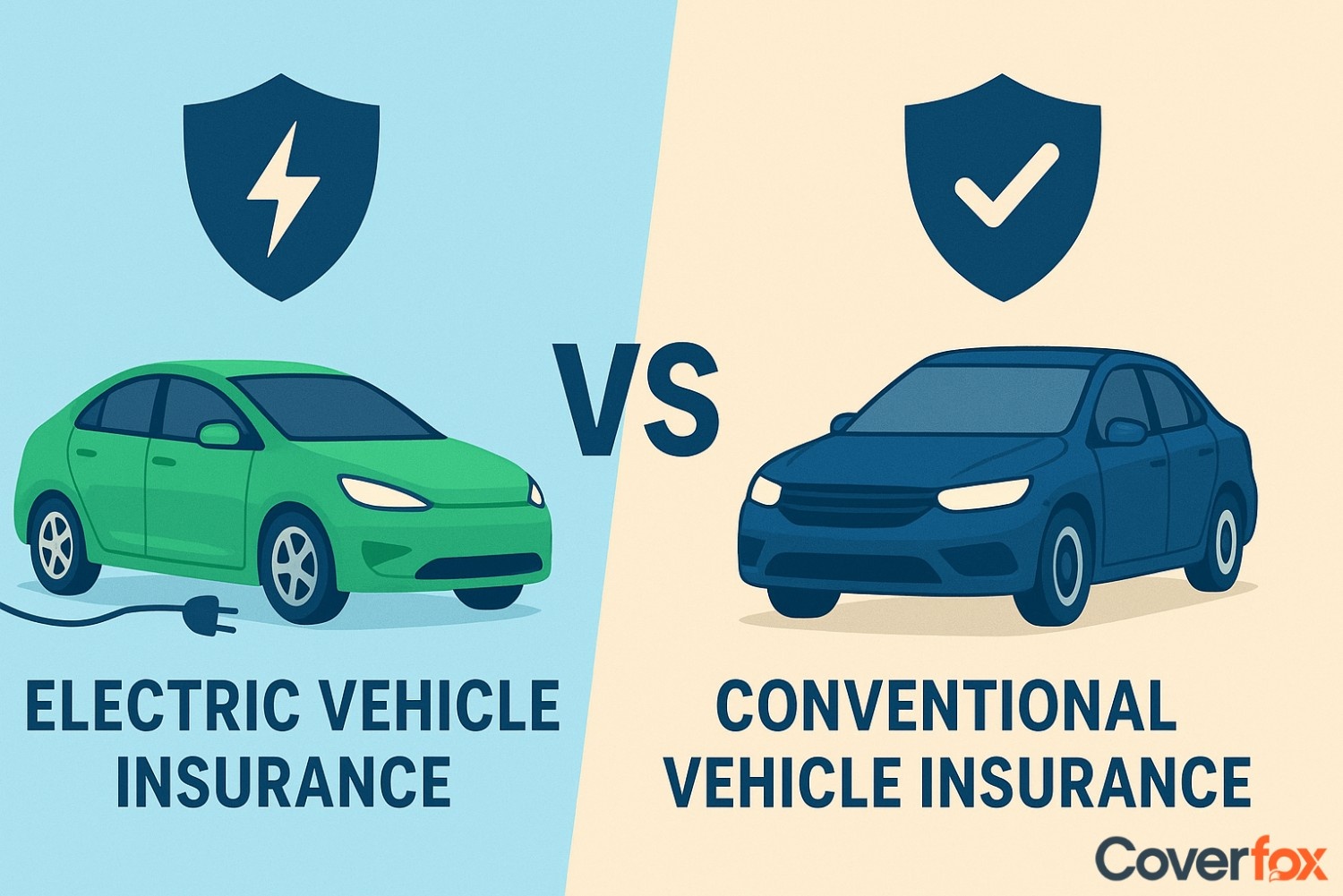The Traction Control System (TCS) is a crucial safety feature that prevents wheel spin and helps maintain vehicle stability during acceleration or on slippery surfaces. By monitoring wheel speed and adjusting engine power or applying brakes when needed, it ensures better grip and control. Regular maintenance keeps the system effective, while car insurance provides financial protection in case of traction-related accidents or damage.

While driving on the road, making sharp turns, and aggressively accelerating, the thing that ensures your car does not spin off or lose traction on the road because of TCS or also known as the Traction Control System. This system is responsible for ensuring all four tyres of your car maintain contact with the road, and if one or more tyres lose control, it ensures that the car remains steady and the driver does not lose control over the car. Let us understand in detail the Traction Control System in cars through this article.
What is a Traction Control System in Cars?
The Traction Control System (TCS) in a car is an advanced safety feature designed to prevent wheel spin and maintain vehicle stability, especially on slippery or uneven roads. It works by detecting when one or more wheels lose grip and automatically reducing engine power or applying brake force to those wheels. By optimising traction, TCS helps drivers maintain control during acceleration and cornering, enhancing both safety and driving confidence in challenging road conditions.
How Does the Traction Control System Work?
The Traction Control System (TCS) works by continuously monitoring the speed of each wheel through sensors. When it detects that one or more wheels are spinning faster than the others—indicating a loss of traction—it instantly intervenes. The system either reduces engine power, momentarily cuts fuel supply, or applies braking force to the slipping wheel. This helps the tyres regain grip and ensures that power is distributed effectively to maintain stability. In most cars, TCS operates in coordination with the Anti-lock Braking System (ABS) to enhance overall control and safety during acceleration.
Why Your Car Needs a Traction Control System
A Traction Control System (TCS) is essential for maintaining vehicle stability and safety, especially on slippery or uneven roads and is essential in cars as it:
- Prevents Wheel Spin: Automatically reduces power or applies brakes when wheels lose grip.
- Improves Stability: Keeps the car balanced during quick acceleration or cornering.
- Enhances Control: Helps drivers maintain steering control on wet, icy, or gravel surfaces.
- Reduces Tyre Wear: Minimises unnecessary spinning, extending tyre life.
- Boosts Safety: Works with ABS and other systems to prevent skidding and loss of control.
Identifying When Traction Control Activates
The Traction Control System (TCS) warning light helps drivers understand when the system is active or if there’s a malfunction. Here’s what different behaviours of the light mean and how you should respond:
Light flashes briefly while driving
Light stays on continuously
Light turns on after starting the car, then goes off
Light on with ABS warning light
Indicates the system is actively working — usually when a wheel slips on a wet or uneven surface.
Action: Continue driving normally; TCS is doing its job.
Suggests a fault or that the system has been manually turned off.
Action: Check if you accidentally pressed the TCS button; if not, get the system inspected by a mechanic.
Normal system check during ignition.
Action: No action needed — this confirms TCS is operational.
Indicates a deeper issue affecting both TCS and ABS, as they share sensors.
Action: Drive carefully and schedule a service immediately.
NOTE: This may differ depending on the type of car and model.
Common Indicators and Warning Signs of TCS Issues
The Traction Control System (TCS) warning light can turn on for several reasons, often signalling underlying issues that affect wheel grip or the system’s sensors. Common causes include:
1. Faulty wheel speed sensors
These sensors monitor wheel rotation; if one malfunctions, the system can’t accurately detect wheel slip.
2. Damaged wiring or connectors
Broken or corroded connections interrupt communication between the TCS module and sensors.
3. Malfunctioning TCS control module
An internal fault in the control unit can trigger the warning light even without physical issues.
4. Deactivated system
The light may appear if TCS has been manually turned off by the driver.
5. Low tyre pressure or mismatched tyres
Uneven tyre rotation speeds can falsely signal wheel slip to the system.
Because the ABS and TCS share wheel speed sensors and control units, any issue with the ABS — such as a failed sensor, damaged tone ring, or hydraulic control fault — can also cause the TCS warning light to illuminate. In such cases, both systems may become partially or completely disabled until repaired.
How to Fix Traction Control Light Issues?
If the traction control light turns on, it’s important to identify whether it’s a temporary activation or a sign of a fault. Here’s how to fix traction control light issues effectively:
Restart the engine
Check if TCS is manually turned off
Inspect tyre condition and pressure
Clean or replace wheel speed sensors
Scan for error codes
Professional diagnosis
Sometimes, the system resets after turning the ignition off and on again, especially if the light appeared briefly due to slippery conditions.
Many vehicles allow drivers to disable traction control; reactivating it via the dashboard switch can solve the issue.
Uneven wear or incorrect pressure can cause wheel speed discrepancies; maintaining proper tyre health often resolves false triggers.
Dirt or damage to sensors can disrupt readings. A technician can clean or replace them if necessary.
Use an OBD-II scanner to detect specific TCS or ABS-related error codes, which guide accurate repairs.
If the light stays on, visit an authorised service centre to check for deeper issues in the traction control or ABS systems.
Maintenance and Troubleshooting Tips for Traction Control
Proper maintenance and timely troubleshooting of the traction control system (TCS) ensure consistent vehicle stability and safety. Here are some key maintenance tips for Traction Control Systems:
Regular sensor inspection
Maintain proper tyre condition
Keep ABS in good shape
Avoid mixing tyre types
Check electrical connections
Schedule periodic diagnostics
Check wheel speed sensors for dirt, rust, or damage, as these are crucial for accurate traction control readings.
Ensure tyres have even tread wear and correct air pressure to prevent false TCS alerts.
Since TCS works in coordination with the ABS, any issue in the ABS system can directly affect traction control performance.
Using different tyre sizes or brands on the same vehicle can confuse the system and trigger warning lights.
Loose or corroded wiring to the sensors or control unit can lead to intermittent faults.
Have your car’s electronic systems scanned during routine servicing to detect and fix potential TCS or ABS issues early.
Role of Car Insurance in Traction Control System
Car insurance acts as a safety net when traction-related issues lead to accidents or damage. If a TCS malfunction causes a collision, comprehensive car insurance covers repair costs, while third-party cover handles damage to others. It may also protect electronic components and offer personal accident benefits, ensuring financial security even when stability systems fail.
Wrapping Up
The Traction Control System is essential for maintaining grip and stability, especially on slippery roads. Regular maintenance and timely repairs ensure it functions effectively, while a good car insurance policy adds an extra layer of financial protection in case of unexpected failures or accidents.
Related Articles:
Types of Brakes and Braking Systems in Automobiles
Handbrake in a Car: What Is It and How to Use It Effectively
Different Types of Suspensions and How They Work
Frequently Asked Questions
What does the traction control sign mean?
The traction control sign on your dashboard indicates that the system is actively working to prevent wheel spin and maintain grip. If the light stays on continuously, it may signal a malfunction that needs inspection.
Does traction control consume more fuel?
Traction control has a negligible impact on fuel consumption. It only activates when wheel slip is detected, using braking or power reduction momentarily to stabilise the car.
When not to use traction control?
You can turn off traction control in situations like driving in deep snow, mud, or sand, where controlled wheel spin helps the vehicle gain momentum and avoid getting stuck.
What is the traction control symbol?
The traction control symbol usually appears as a car with squiggly lines beneath it, representing loss of traction. Some cars may display “TCS” or “ESC” depending on the system.
Can I turn off traction control?
Yes, most cars allow you to turn off traction control using a button or menu setting. However, it’s recommended to keep it on during normal driving for better stability and safety.
What happens if the TCS light comes on?
If the TCS light flashes while driving, it means the system is actively working. If it remains on, it indicates a possible issue with the sensors or ABS system that needs diagnosis.
Does TCS affect performance?
Traction control may slightly limit engine power during activation to prevent wheel spin, but it improves overall vehicle performance by ensuring better control and grip.
Is traction control needed in all cars?
Yes, traction control is a vital safety feature in modern cars. It enhances driving confidence and helps prevent skidding or loss of control, especially on slippery or uneven roads.





